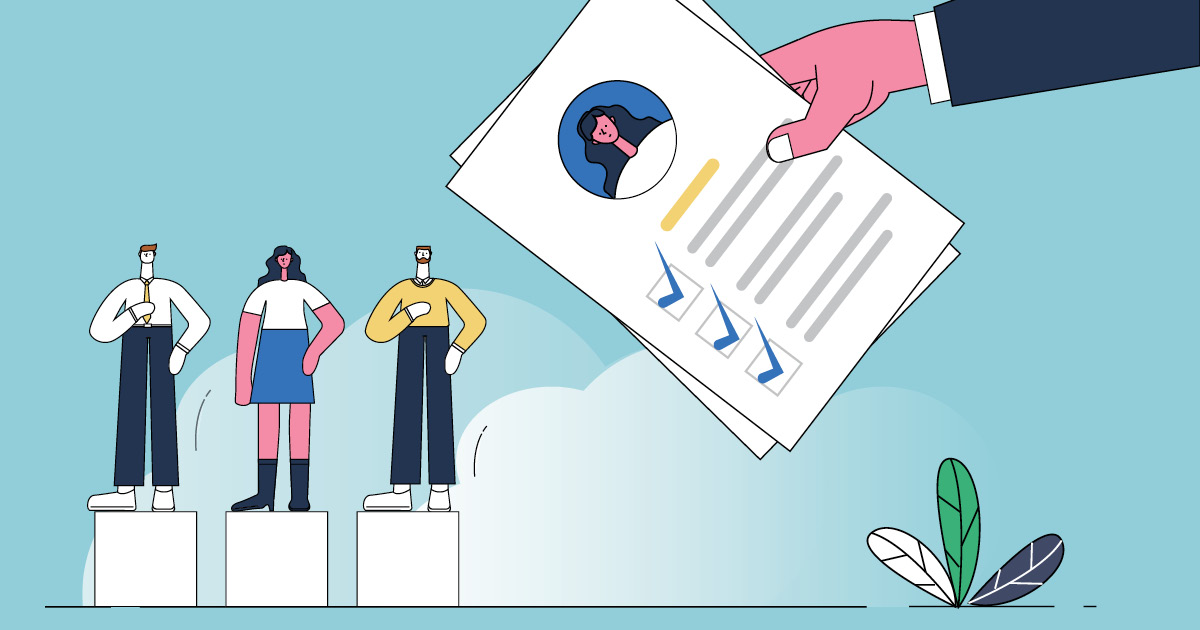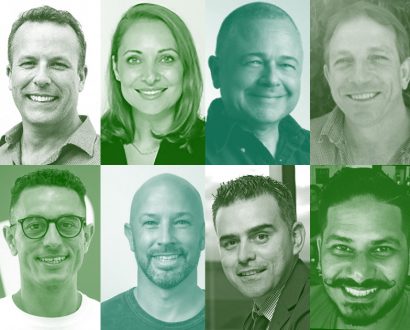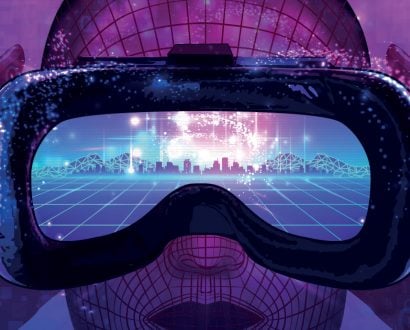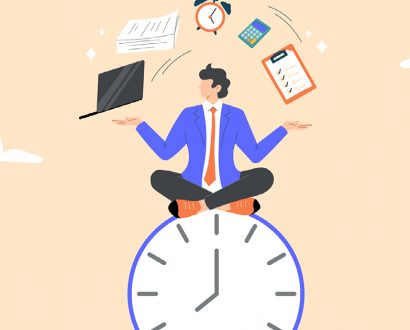As a professional performance partner to CEOs and their leadership teams, I’ve spent 20 years observing the way biases get in the way of clear thinking and collaboration. So, I’ve made it my personal mission to help leaders spot biases in their thinking.
Not only am I tired of being in meetings where people keep repeating their message to legitimize their agenda, or worried about the lobotomizing effect of social media algorithms on our capacity to make conscious choices, but I’m on a mission against biased thinking.
That’s because high performance can only be achieved when individuals and teams apply rigorous intellectual curiosity to their assumptions and challenge each other to respect divergent views. Only then can collaboration breed innovation.
Thinking is a premium
Learning how to be a better thinker is increasingly relevant as AI takes on more of the cognitive load of just about any job. Every few years, the World Economic Forum publishes a ‘Future of Jobs’ report, and in the past two editions, it has reported that beyond technological literacy, employers will be looking for people with the skills that machines can’t do. Those are the creative thinkers, the analytical thinkers, the lifelong learners, and those with resilience, mental agility and a healthy curiosity.
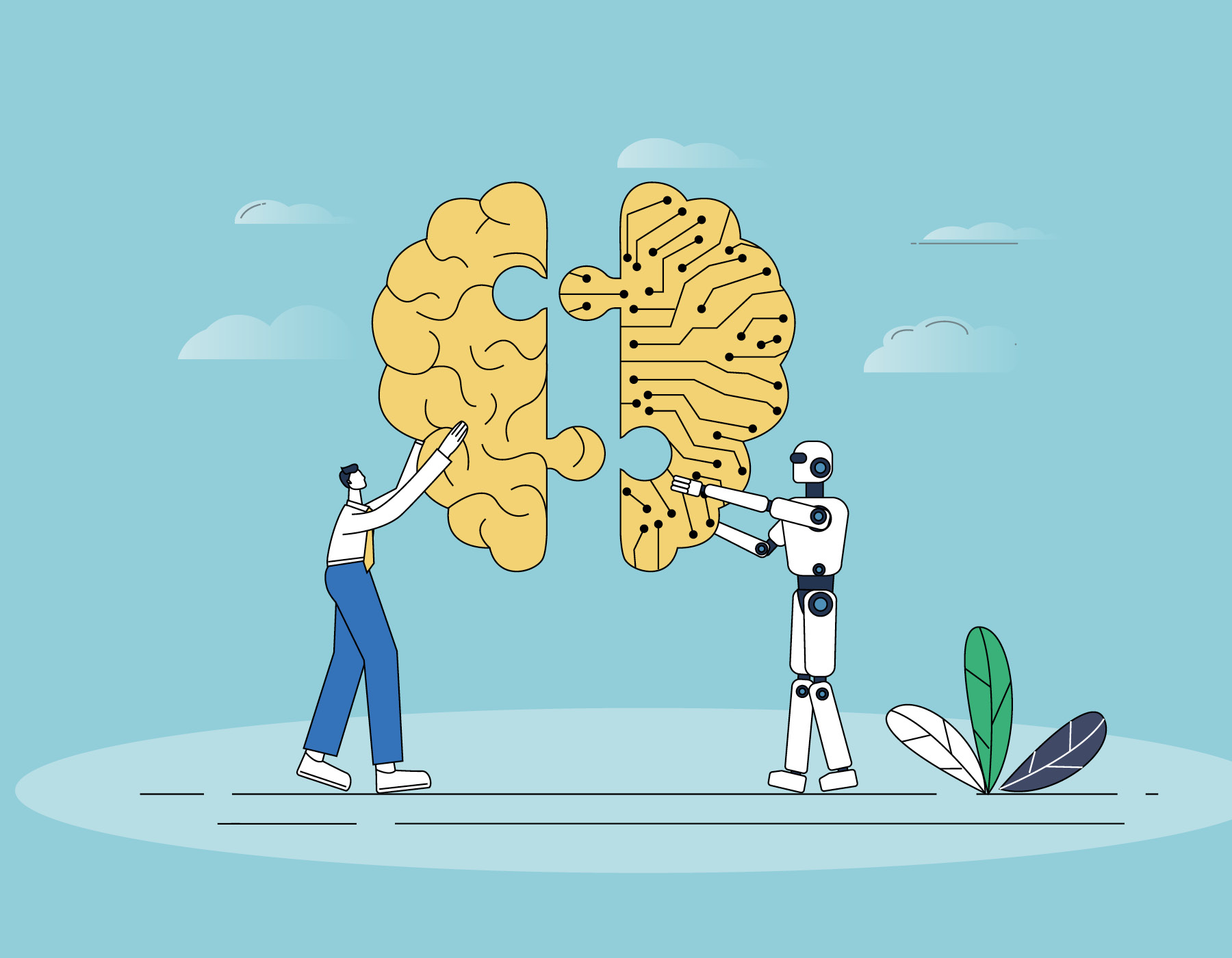
Learning how to spot bias in your thinking is one way to stay relevant in the age of AI.
Learning how to spot bias in your thinking is one way to stay relevant in the age of AI. More importantly, it will improve your capacity to make balanced, more informed decisions and render you less annoying to the people who live and work with you. So, win–win!
There are two types of bias to watch out for. The definition of a bias is a tendency, inclination or prejudice toward or against something or someone. There are two classes of bias to watch out for – stereotyping and cognitive bias.
Stereotyping is a learned bias
Stereotyping is culturally inherited and often leads to discrimination against an individual or group based on physical characteristics like gender, ethnicity, sexual orientation, age or ability.
Stereotyping can cause us to discredit the insights and contributions of the ‘minority’ group in the room, not giving voice to the single female at the board table or ignoring the suggestions of the man of color in an all-white leadership team.
Stereotyping can also impact recruitment or promotion decisions, leading to less diversity of people and, therefore, less diversity of ideas available to draw from in teams.
Cognitive biases are not learned and harder to spot
Cognitive biases are cognitive shortcuts that all humans are susceptible to, regardless of race or upbringing. There are hundreds of known cognitive biases, and they all impact our ability to be curious and think independently. I’ve listed here some of the most insidious threats to teamwork and performance at work.
Confirmation bias is favoring information that supports your beliefs, while ignoring facts that go against those beliefs, despite their relevance. This is the bias that algorithms, political and marketing campaigns depend on. This bias can hamper team performance when individuals only present evidence to support their ideas while failing to investigate the risks.
For example, presenting the business case for hybrid working while ignoring the negative impacts, or promoting the upside to a new investment without doing due diligence. To combat confirmation bias, always ask why the opposite might also be true and give yourself permission to have flexible opinions.
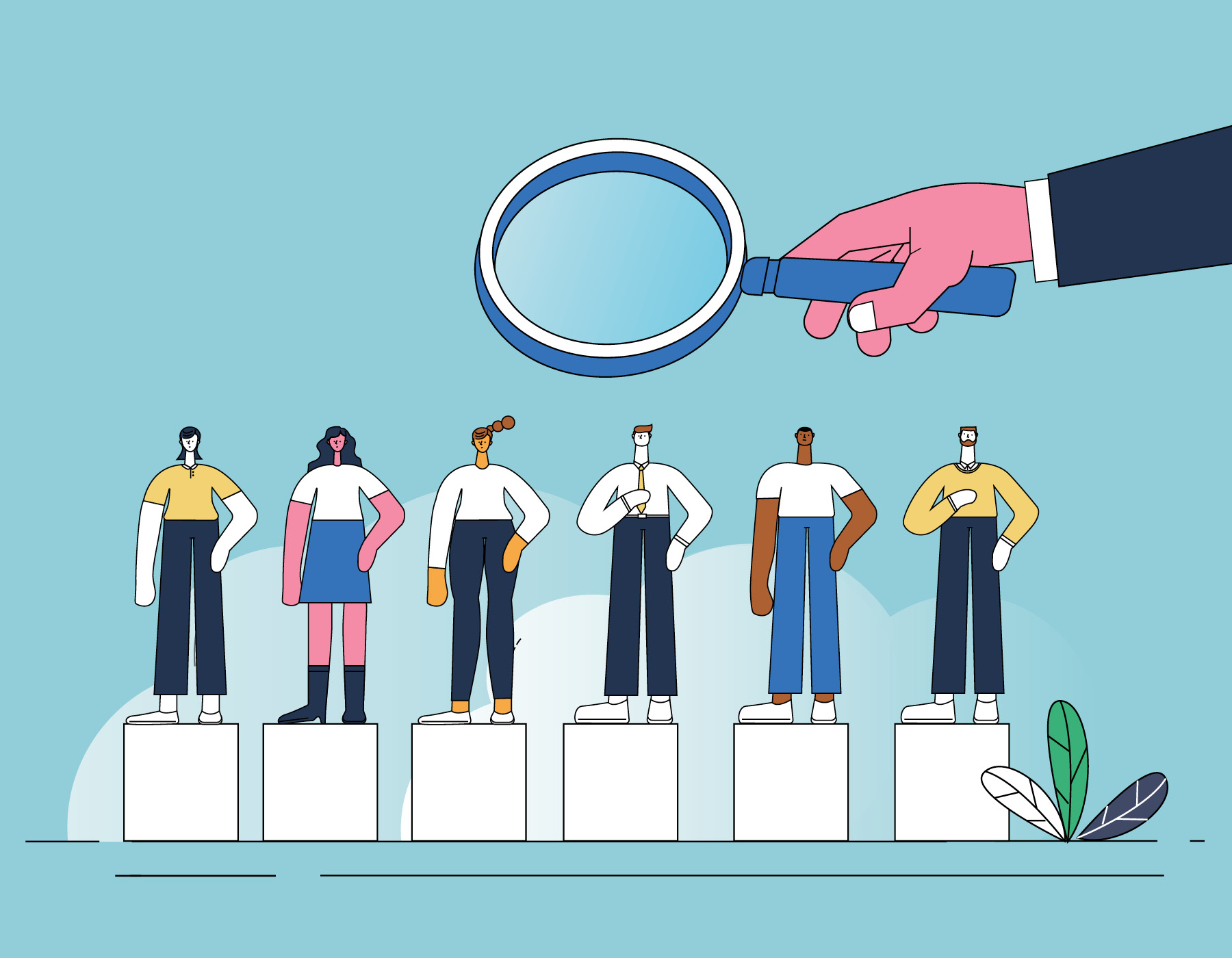
There are two classes of bias to watch out for – stereotyping and cognitive bias.
Conformity bias is also called groupthink, which occurs when we change our opinions or beliefs to match the majority, even when we don’t necessarily agree. We often conform when we are seeking approval or trying to fit in. An example is when an executive hires the candidate the CEO likes more, rather than the candidate with the stronger CV.
New starters are particularly susceptible to conformity bias, which is often antithetical to the reasons why we hire them in the first place. To overcome conformity bias, a great question to ask is, “What hasn’t been said that needs to be said?”
Authority bias is the tendency to attribute greater efficacy to the opinion of the figure with the most power and authority in the room, or the HIPPO – Highest Paid Person’s Opinion. CEOs and directors are most at risk of encountering this type of bias. To address this bias, it’s important to recognize that CEOs are not necessarily the subject matter experts. If you’re the HIPPO – withhold your opinion until others have the chance to speak.
Challenging the ‘Pete-repeaters’
The illusory truth effect occurs when we start to become influenced by information the more times we encounter it, regardless of whether it is true or false. Algorithms also play into this bias. In teams, we can fall prey to it when individuals push their agenda repeatedly – knowing that repetition of the same message will create an impression of truth.
In my household, we call these the ‘Pete-repeaters’ (sorry to the Pete’s out there!). To challenge the Pete-repeaters, ask for the data to back up the claim.
The false consensus effect is the tendency to overestimate how much other people agree with us. A common example is when a CEO shares his or her new vision and expects everyone to buy into it from the very beginning.
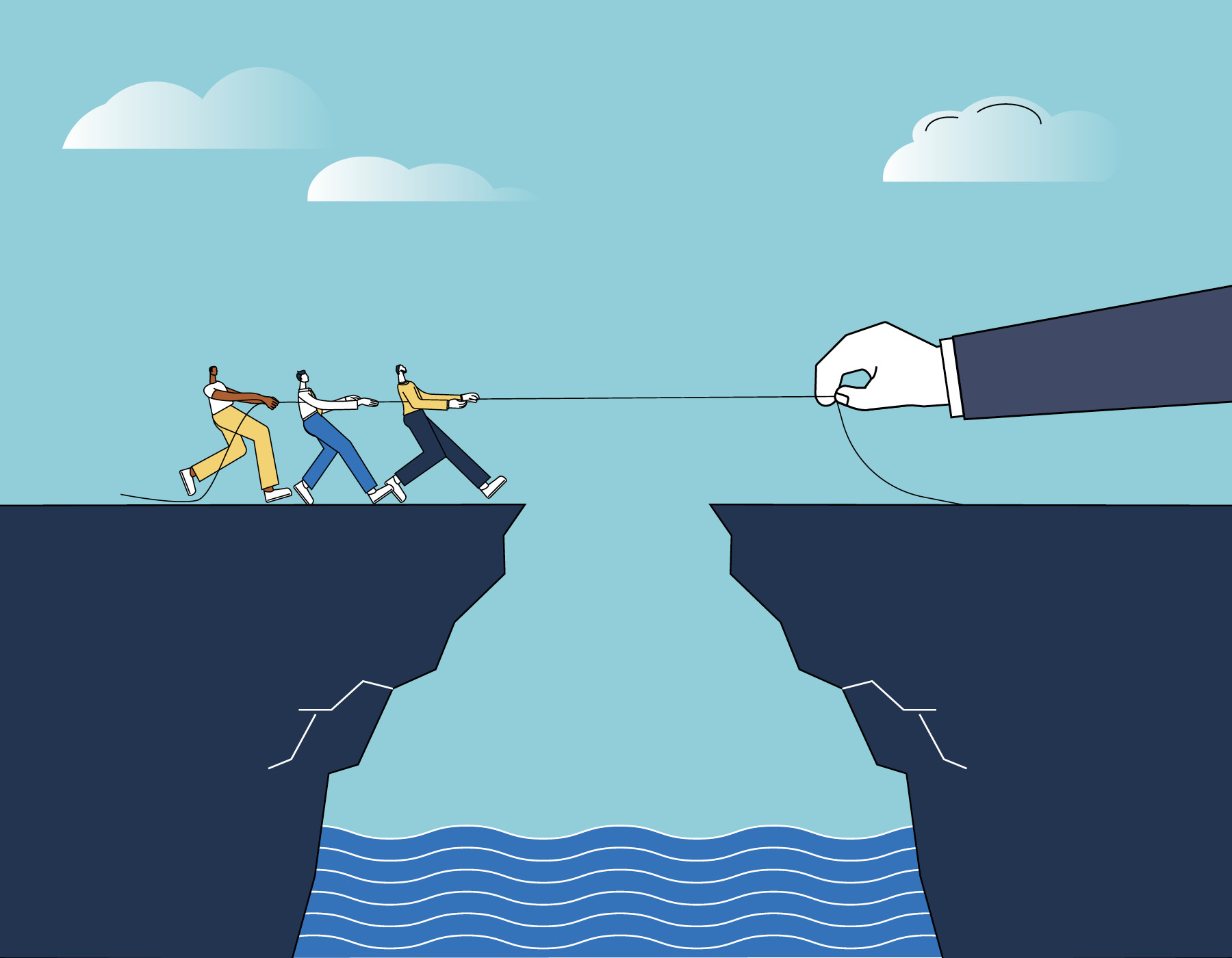
The false consensus effect is the tendency to overestimate how much other people agree with us.
Silence or lack of disagreement is not equal to agreement. The way to overcome this is to check in on others’ understanding, asking questions to explore where they agree, disagree or need more context.
All biases can be unlearned.
If you’re inspired to join me on my mission against biased thinking, the answer is simple: Be more curious; lean into your teams to challenge your assumptions and explore new ways of thinking. At the very least, you won’t be boring.
